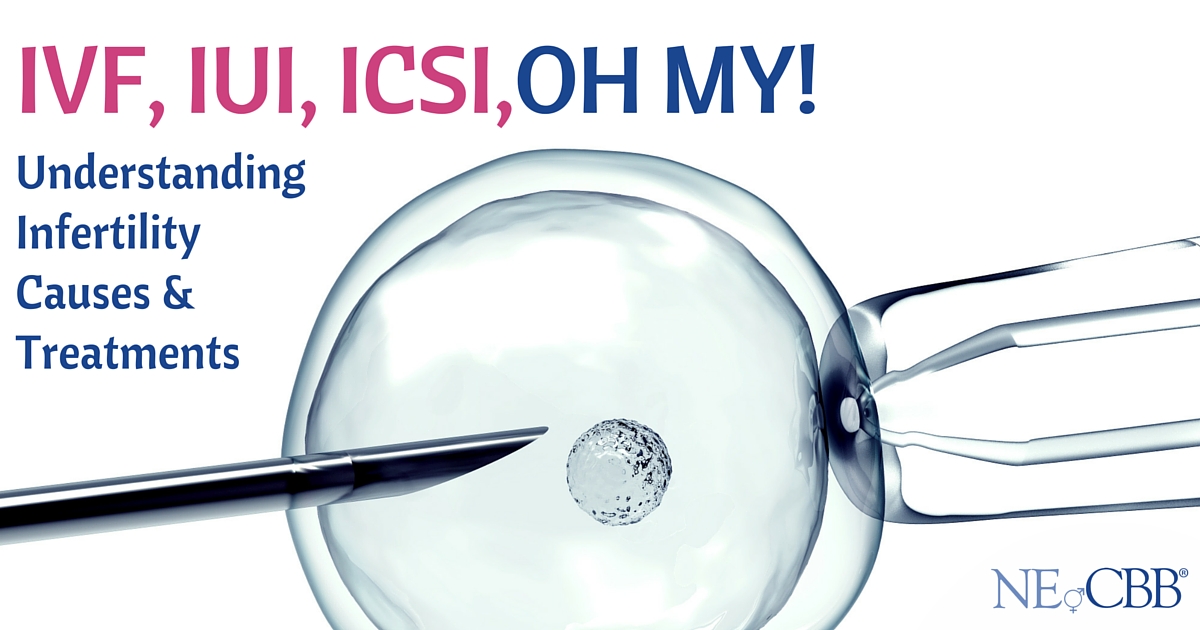 We’re so ingrained to believe that intercourse could easily lead to an unintended pregnancy early in our lives that many of us are absolutely shocked to discover how difficult it can be to conceive when we’re finally ready to start a family. When you’re trying without success for months or years to conceive, it can feel like you’re alone in the world. You start to notice babies, pregnant women, and children everywhere. You may feel frustrated, confused, sad, and isolated.
We’re so ingrained to believe that intercourse could easily lead to an unintended pregnancy early in our lives that many of us are absolutely shocked to discover how difficult it can be to conceive when we’re finally ready to start a family. When you’re trying without success for months or years to conceive, it can feel like you’re alone in the world. You start to notice babies, pregnant women, and children everywhere. You may feel frustrated, confused, sad, and isolated.
You are Not Alone
Rest assured, you are not alone. According to the Center for Disease Control and Prevention (CDC), one in ten women have difficulty getting or staying pregnant. If you are one of those couples still struggling after a year of trying to conceive, or six months if you’re over age 35, it may be time to seek infertility treatment.
As you seek answers, it is important to note that infertility is not a “female issue.” In fact, it is equally likely that the problem lies with the man, or may even be caused by male and female factors in combination with one another. Therefore, both partners will need to be part of the process, emotionally and medically.
One of the first steps in discovering the etiology of your infertility will be to explore the medical history of both partners, current health, and lifestyle. Your fertility specialist may also advise genetic testing.
Potential Contributors to Male Infertility
For men, an important step in fertility treatment is the semen analysis to explore some of the most common causes of male infertility:
1. Total Volume – A low semen volume may indicate a blockage or a problem with the prostate gland.
2. Sperm Count – A low sperm count is also called oligospermia, and must be considered with other factors. Many men with low sperm counts are able to father children.
3. Mobility and Velocity – These measurements include the percentage of active sperm cells and the scored quality of their movement.
4. Morphology – This examines the shape of the sperm to ensure that at least 30% are considered “normal.” It may also include a stricter analysis of the sperm head size and shape.
5. Other Factors – Additional exploration may look into the possibility of problems with the seminal vessels, an obstruction of the ejaculatory duct, or the presence of bacteria or disease.
Common Causes of Female Infertility
For women, testing is important to evaluate the functionality and any potential problems with the ovaries, uterus, and reproductive hormones.
1. Ovulation Testing – There are a number of methods to test whether you are ovulating and the timing. These include tracking temperatures when you first wake up, ovulation predictor kits, blood tests, and ultrasound.
2. Ovarian Reserve Testing – This series of blood and imaging tests determine the quality and quantity of eggs available for ovulation.
3. Hormone Testing – Your health care provider will check levels of ovulatory hormones as well as thyroid and pituitary hormones that control reproductive processes.
4. Imaging Tests – Pelvic ultrasound looks for uterine or fallopian tube disease. You may also have an X-ray taken after dye is injected to determine if the uterine cavity is normal.
5. Laparoscopy – This surgical procedure uses a fiber-optic device to look for potential problems in the fallopian tubes, ovaries, and uterus.
Treatment Options
Particularly in the cases where the cause of infertility has been discovered, there are various treatment options. In many states, including Massachusetts where NECBB is located, insurers are required to cover infertility treatment options within any plan that also includes pregnancy and birth coverage. Restoration of fertility typically falls into one of three categories:
1. Fertility Drugs – The main goal of these drugs is to stimulate and regulate ovulation. There are several options, and it’s important to talk to your fertility specialist to understand the benefits and risk of each.
2. Surgery – Less common than in the past, additional surgical procedures may follow a laparoscopic exploration, or be ordered to address issues in the uterus or fallopian tubes.
3. Reproductive Assistance – Intrauterine insemination (IUI) and in vitro fertilization (IVF) are most commonly performed today. During IUI, millions of healthy sperm are placed inside the uterus near ovulation. In IVF, egg and sperm are each retrieved then combined in the laboratory. Upon successful fertilization, the embryo is transferred back into the uterus. In cases where a single egg is directly injected with a single sperm, it is called intracytoplasmic sperm injection or ICSI.
Although navigating infertility diagnosis and treatment is emotionally charged, there are many resources available to you. It may take a few tries to find the treatment option and timing that finally results in a healthy pregnancy. As Allison Hope shares in her personal infertility story, “If it works, I know it will be the most amazing confluence of circumstances. If it doesn’t, I know I still have options. In fact, I learned that the more times I try, the higher my success rate.”
Stay up to date on pregnancy health news and umbilical cord blood banking information. Subscribe to our email newsletter.